“Explore the Dichotomies of the Characteristics Between Day and Night”
Introduction (250 – 500 Words)
- Opening quote, a opening quote which will grab the reader`s attention and make the reader question.
- I can use a quote from Susan Sontag’s writing.
- I will commence the introduction with a condensed explanation, mainly writing about how photography can show the hidden areas of normal locations, preparing the theme for the rest of the essay which is the dichotomies between the day and night.
- In this Introductory paragraph I will introduce how natural and artificial lighting during the night and day alter settings, bringing out contrasting emotions, I also will write about the contrast of emotions, for example, daytime: clarity, life and energy and for nighttime: Mystery, emptiness and loneliness.
- The second section within the introduction will introduce the artists and how they link with my project / theme.
- William Eggleston : Known for his use of colour and capturing ordinary life in extraordinary ways.
- Pierre Putman : His strong compositions showing off the blend of light and shadows in city settings, he creates a unreal, dreamlike mood with his images.
- Todd Hido : Links with his thought provoking night photography, he also explores theme of isolation and mystery.
- During this introduction, I will also explain why I have chosen this theme and my own personal attachment to this theme.
- I will higlight my main goal of showcasing images during the day and night in my photobook to show the changes.
- I will finalize my essay with my essay`s overall focus, which is to analise the work of these artists and how they link to my theme of the dichotomies between the day and the night.
Paragraph 1 – Historical & Theoretical Contexts (500 words)
- The main focus for this initial paragraph is, the use of colour in photography and how it has changed and developed overtime, especially since the 1970s. I have specifically chosen the 1970s as this was when artists like William Eggleston changed how colour in photography was used and seen.
- I will mention the history of colour photography and how in the past it was seen as less “artistic” in comparison to monochrome images.
- I will mention how in the 1970s colour photography made a change and became an understood and appreciated art form, mainly influenced by the work of William Eggleston.
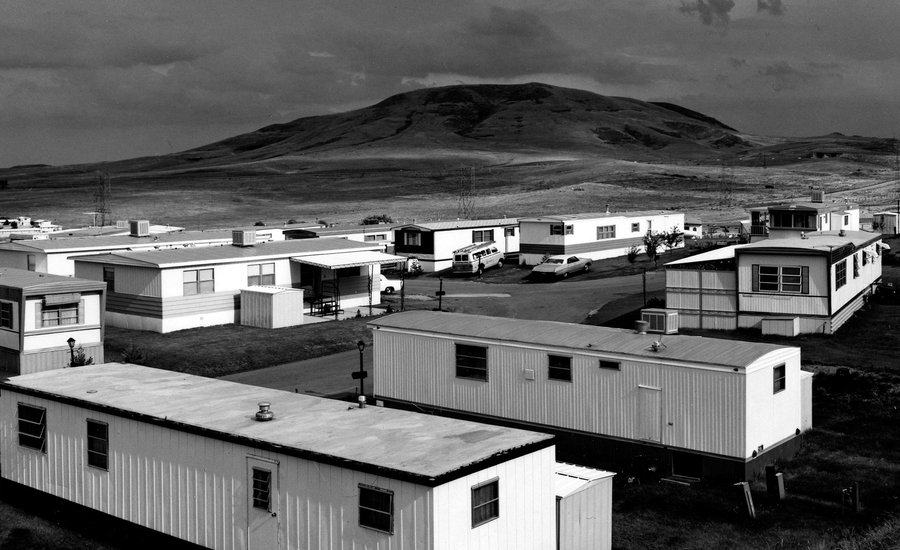
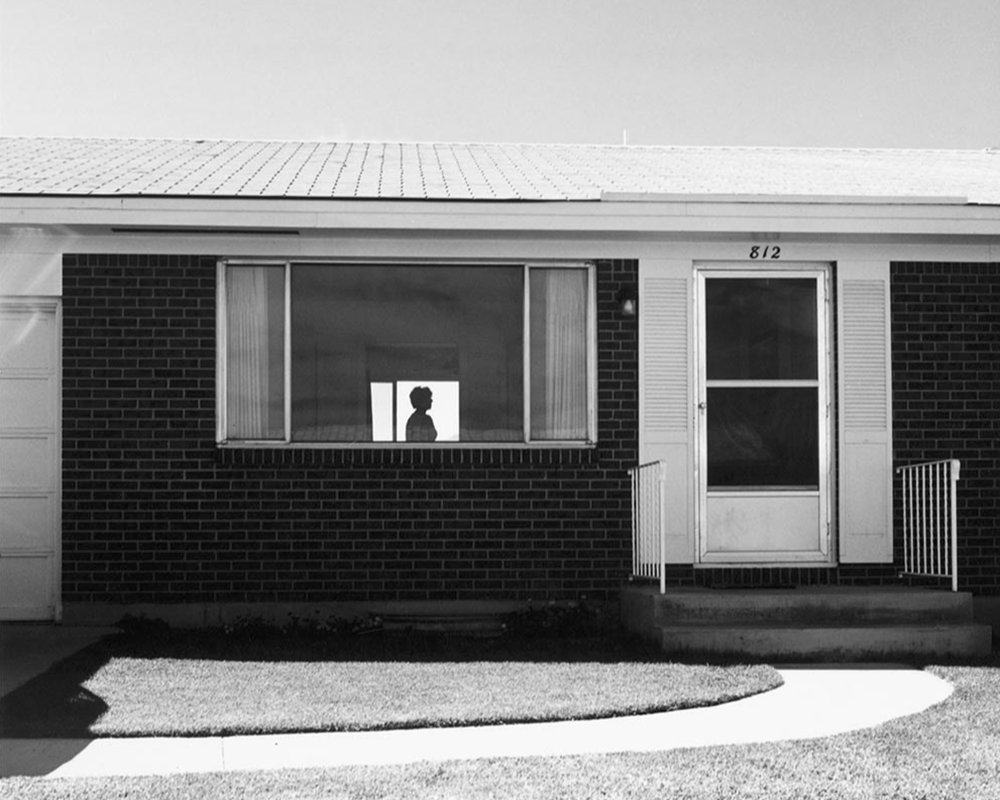
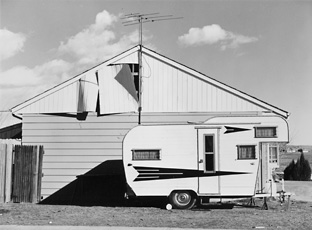
- I will also discuss New Topographics and how that changed how viewers interpreted ordinary landscape images.
- I may also carry on using Sontag`s extracts and other sources to support my statements and writing about how photography can change someones way of viewing and emotion.
Paragraph 2 – William Eggleston (500 Words)
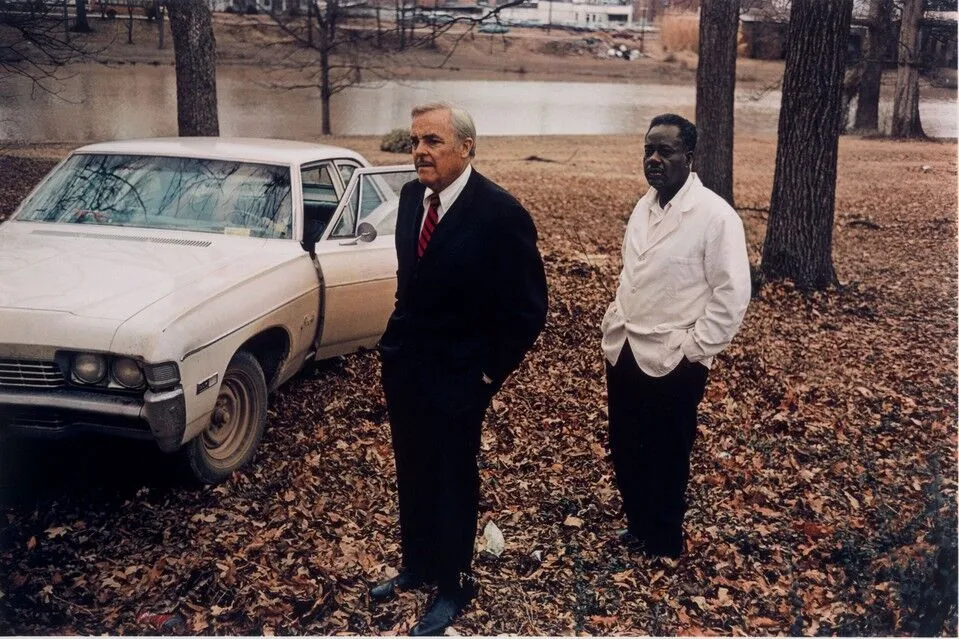
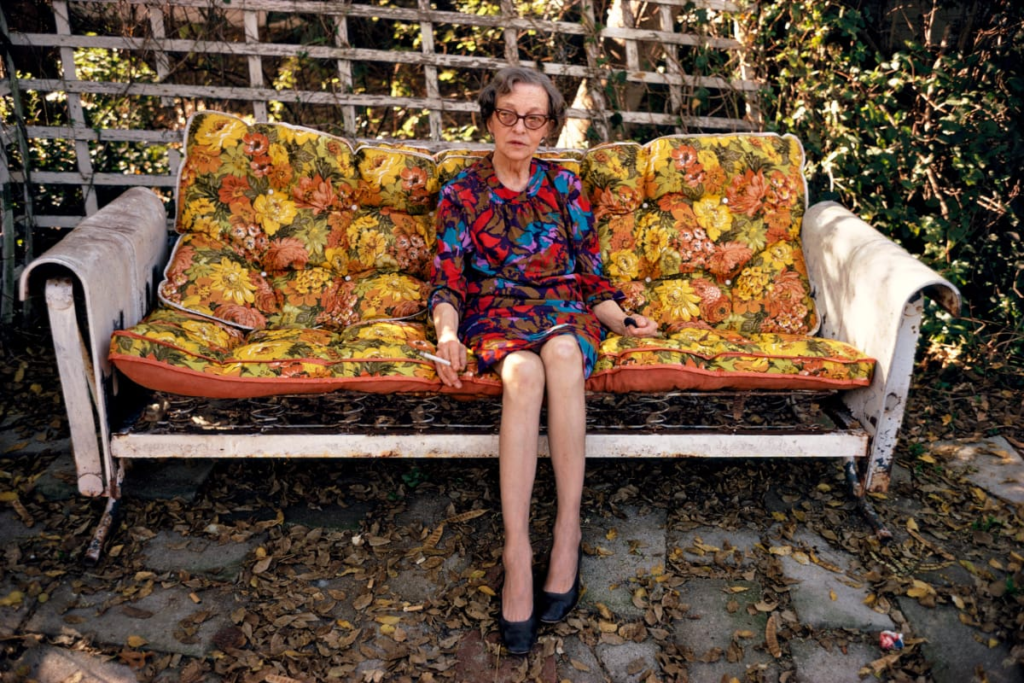
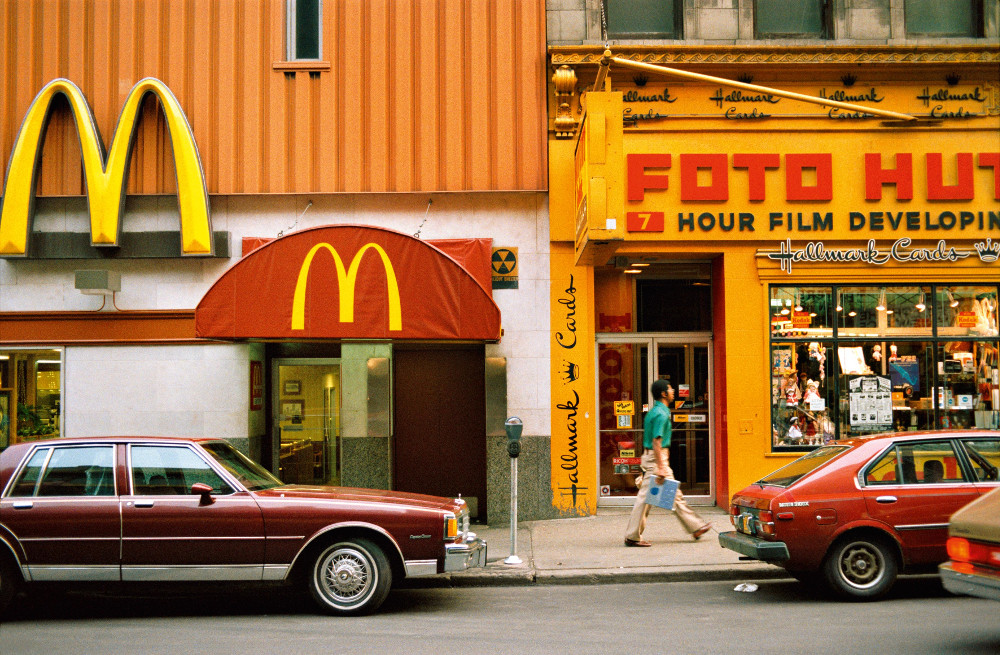
- For this second paragraph I will focus on my artist of choice, William Eggleston. I will do an overview of his work, specifically focusing on his excellent use of colour.
- I will also explore his development as an artist, looking at every piece of work from every time period and I will also discuss and explore his impact on the world of art.
- A section of this paragraph will involve choosing an image from William Eggleston`s to analise, specifically from his first ever publish: William Eggleston`s Guide as that is what I have already been researching.
- When analysing an image of his I will discuss technical, contextual, visual and conceptual aspects of the image. As well as this I will also explain how he relates to my theme / project.
- In this second paragraph I will also be stating how my work connects to his work, and how he has influenced my day time photography.
Paragraph 3 – Todd Hido (500 Words)
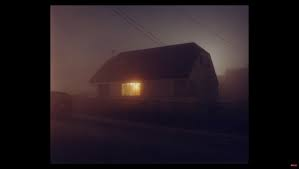
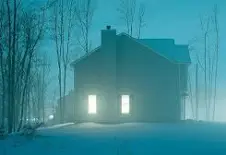
- For this third paragraph, I will follow a similar structure to the second paragraph commencing the paragraph with an overview of Todd Hido`s work, specifically highlighting the way he captures isolation, mystery and the surreal, film like quality of his images.
- I will write about Todd Hido`s focus, which is suburban settings and artificial light in a suburban low light landscape.
- Todd Hido`s images are great and I want to find out his influence behind his images.
- Similarly to the second paragraph I will also analyse an image of his which includes artificial lighting in a dark setting.
- Once again I will relate this to my Night time photography images, and explain how he inspired me to experiment / play around with artificial light, weather to turn a ordinary landscape into a emotional composition.
Conclusion (250 – 500 Words)
- Finally to conclude essay, I will Summarise the main parts of my essay, repeat the focus of my essay and what i am exploring.
- I will also recap how each artist had a part in my theme and helped me gain a better understanding and inspiration for this project.
- I will mention any problems or anything i struggled with during the process of making the photobook
- Finally I will compare and contrast photographers work to my own work and highlight any differences between my work work and the photographers work.
Essay Requirements
Key Words to Include Within The Essay:
- Aesthetic
- Formalism
- Indexicality
- Representation
- Narrative
Literary sources: Go to this blog post here: Theory: Literary Sources and copy relevant key texts relating to the subject of your essay and list in alphabetical order in your bibliography. In addition, find your own key texts in relation to artists selected for in-depth analysis in your essay and list these too. These texts could be interviews with the artist, or reviews/ critique’s written by others. See useful online sites/ sources here .
- Research and identify 3-5 literary sources from a variety of media such as books, journal/magazines, internet, Youtube/video that relates to your personal study and artists references .
- Begin to read essay, texts and interviews with your chosen artists as well as commentary from critics, historians and others.
- It’s important that you show evidence of reading and draw upon different pints of view – not only your own.
- Take notes when you’re reading…key words, concepts, passages, page number to be used for in-text referencing etc.
Bibliography must be included – List all relevant sources used
Key Terminology – link to a glossary of key terms
Use of AI / Chat GPT MUST be referenced – go to this blog post here for guidelines.
